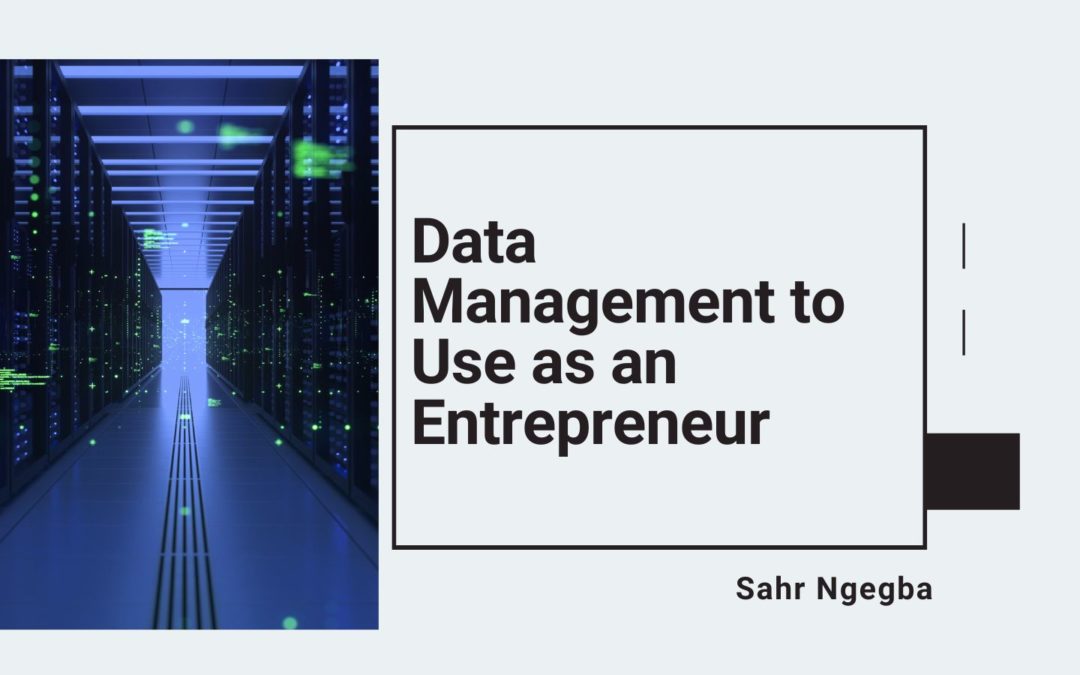Almost all software used in a contemporary company environment gathers data. These consist of credit card processing, point-of-sale, accounting, and customer relationship management (CRM) software, among others. These systems provide the company with a broad range of data, including financial and consumer data.
Data management is the process of gathering, arranging, safeguarding, and archiving an organization’s data. Data is then used for analysis and making decisions which must be made using accurate, current data. Companies now have more data to maintain because of the digital economy. This means today’s data management solutions are crucial for making sense of the enormous amounts of data enterprises produce and consume.
By defining procedures and guidelines for use and fostering confidence in the data being used to inform choices within your business, data management aids in reducing the possibility of mistakes. Companies can react to market developments and client requirements more quickly with the help of reliable, current data, so systems should be able to enhance visibility, dependability, security, and scalability to guarantee that workers have the correct data for decision-making.
There are several components to the data management ecosystem. Data cleaning and transformation, including correcting changes and integrating data sets, are used to prepare raw data for analysis. Data pipelines allow for the automatic flow of data across systems. Extraction, transformation, and loading (ETL) systems are designed to extract data from one system, convert it, and load it into the company’s data warehouse. Data catalogs make it simple to discover data and assist in managing metadata to build a full image of the data by offering a summary of its changes, locations, and quality. Data warehouses are locations to combine different data sources, deal with the many different kinds of data that companies retain, and provide a clear path for data analysis. Standards, procedures, and policies for preserving the security and integrity of data are defined under data governance. Data architecture offers a structured method for establishing and controlling data flow. Data security is used to guard against theft and data corruption. The data flow across an application or organization is documented via data modeling.
For entrepreneurs, effective data management starts with identifying a business’s data objectives before adopting procedures, solutions, and regulations. You can use data to add actual value to your organization when you know what your departments and teams intend to do with it. Follow guidelines to store existing data while focusing on data creation.

